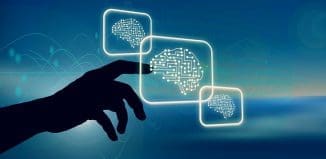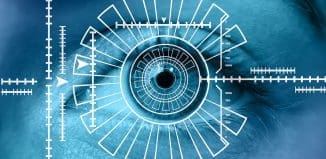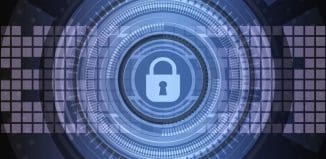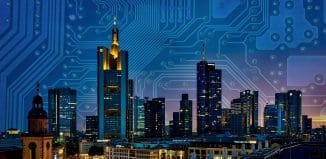Securing The Internet of Things
This post is also available in:  עברית (Hebrew)
עברית (Hebrew)
As IoT matures, applications will be limited only by users’ imaginations. That’s the prediction of Lisa Litherland, a business architect who helps institutions create roadmaps for IoT implementations. Litherland presented “How to Make Digital Transformation Happen with IoT” at the Campus Tech conference in Chicago. She defined it as a combination of IT and operational technology that “is connecting the unconnected”. Although early applications focus on the “things” themselves, the IoT’s real potential will arise from the data that all these connections provide, Litherland said. That, in turn, will support analytics-driven insight and better decision-making. Whatever form the IoT ultimately takes, providing adequate protection will be paramount, she said.
“Security is something that has to be wrapped into all the different pieces of this,” Litherland said. “What we’ve found so far is that we take a very similar approach as any other networking: We don’t provide security at the ‘thing’ level. It’s reinforcing that network with a layered approach.”
According to edtechmagazine.com, the IoT may still be in its infancy, but institutions are already leveraging smart devices to solve problems. A good example for this is making it easier to find a parking spot in a crowded lot. In smart parking cameras identify available parking spots and share that information with drivers through red and green lights on digital signage. Mobile app integration lets drivers find out before they even get to the parking lot where they can find a spot, Litherland says.
Physical security applications also are emerging as a potentially use of IoT technology, and one that could help institutions be more proactive when it comes to incidents like shootings. Tools such as facial recognition, integrated access control, video analytics and large-scale monitoring of video data all may shift security tactics from forensic, after-the-fact investigation to proactive prevention. For example, analytics software integrated with a video camera monitoring a specific part of a college campus has the capability to detect any changes in that area. If someone left a backpack outside the building, the software would detect this anomaly and alert an officer to investigate.
Analytics also gives staff the ability to monitor video feeds on a much larger scale — still relying on human insight to make decisions, but empowering users to efficiently parse through data, Litherland said. “Now, instead of monitoring 20 to 30 video feeds, they can monitor 200 to 300 because the video analytics monitors when something is happening and brings that to the forefront.”
On the energy management front, users can look for software that sees what is connected to the network and powers items down when they aren’t in use to conserve energy. Connected lighting indoors can automatically adjust for optimal ambiance. Innovators in the IoT space are working to bring together facility applications into a single system.
She summarized: “We’re just scratching the surface with what we can do with this type of data, the analytics we can run and how we tie all those pieces together in a comprehensive platform.”






























